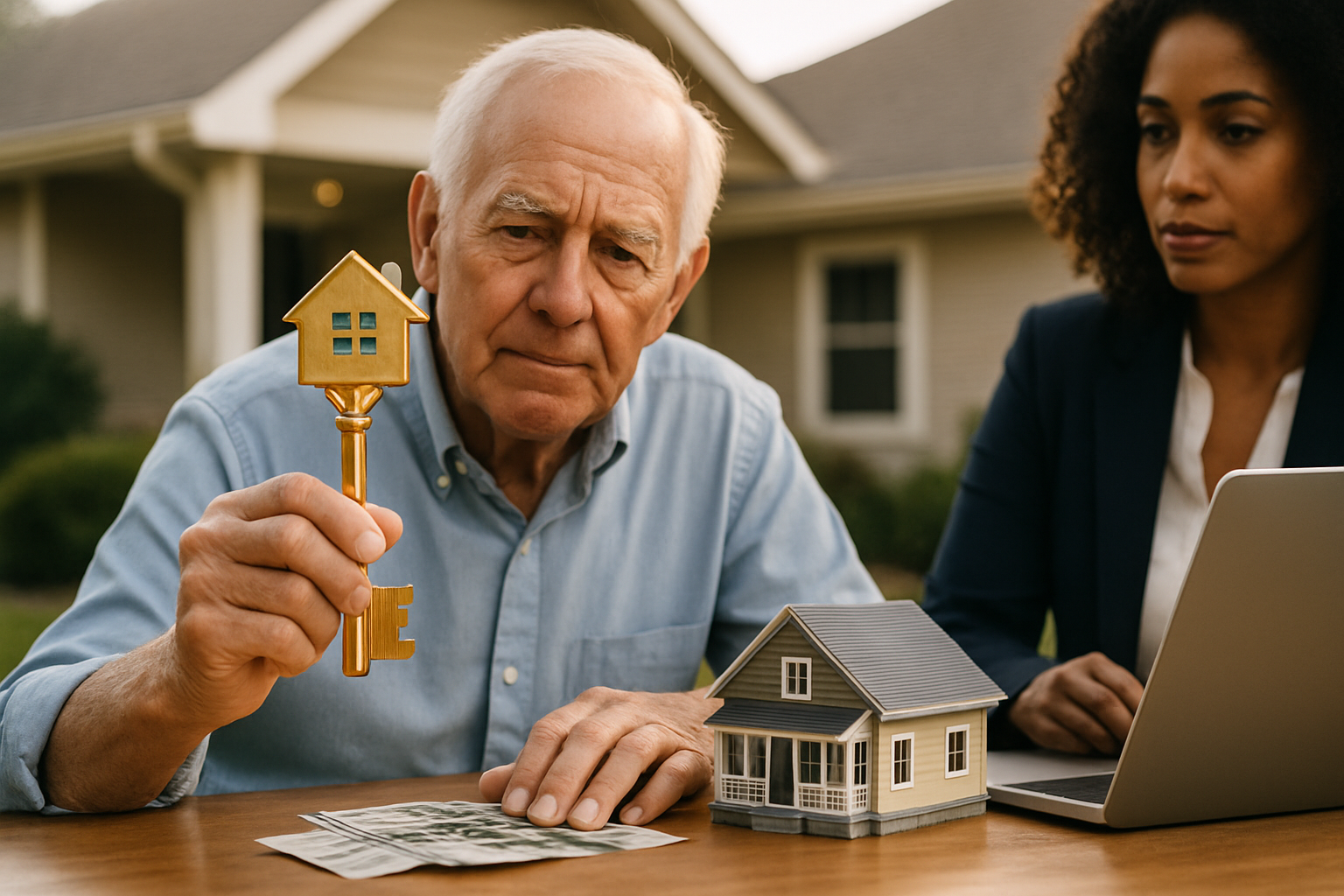A Comprehensive Guide to Single Family Homes for Seniors
As the population ages, many seniors are exploring housing options that balance independence with comfort and safety. Single family homes remain a popular choice for older adults seeking to maintain their lifestyle while adapting to changing needs. This guide examines the key aspects of single family homes for seniors, including how to find suitable properties, pricing considerations, and important factors to keep in mind during the selection process.

What are the benefits of single family homes for seniors?
Single family homes offer numerous advantages for older adults. These properties typically provide more space and privacy compared to other housing options, allowing seniors to maintain their independence and familiar routines. They often feature outdoor areas for gardening or relaxation, which can contribute to physical and mental well-being. Additionally, single family homes may accommodate multi-generational living arrangements, enabling seniors to stay close to family while retaining their own living space.
How can seniors find suitable single family homes?
Finding the right single family home requires careful research and consideration. Seniors can start by consulting with real estate agents who specialize in working with older adults. These professionals understand the unique needs of senior buyers and can identify properties with suitable features. Online real estate platforms also offer search filters tailored to senior-friendly homes, such as single-story layouts or properties in age-restricted communities.
Local senior centers and community organizations often provide resources and guidance on housing options for older adults. Additionally, attending open houses in desired neighborhoods can give seniors a firsthand look at potential homes and their surroundings.
What price range can seniors expect for single family homes?
The cost of single family homes for seniors varies widely depending on location, size, and amenities. In urban areas or popular retirement destinations, prices may be higher due to increased demand. Rural or suburban locations might offer more affordable options.
| Region | Median Home Price Range | Typical Square Footage |
|---|---|---|
| Northeast | $300,000 - $500,000 | 1,500 - 2,500 sq ft |
| Midwest | $200,000 - $350,000 | 1,800 - 2,800 sq ft |
| South | $250,000 - $400,000 | 2,000 - 3,000 sq ft |
| West | $350,000 - $650,000 | 1,700 - 2,700 sq ft |
Prices, rates, or cost estimates mentioned in this article are based on the latest available information but may change over time. Independent research is advised before making financial decisions.
It’s important to note that these figures are general estimates and can vary significantly based on specific locations and property features. Seniors should consider their budget carefully and explore financing options, including reverse mortgages or home equity loans, which may help make single family homes more affordable.
What housing programs are available for senior homebuyers?
Several housing programs assist seniors in purchasing or maintaining single family homes. The U.S. Department of Housing and Urban Development (HUD) offers various initiatives, including:
-
Home Equity Conversion Mortgages (HECMs): These FHA-insured reverse mortgages allow homeowners aged 62 and older to borrow against their home equity.
-
Section 202 Supportive Housing for the Elderly: While primarily for rental housing, this program sometimes includes options for homeownership.
-
State and local programs: Many states and municipalities offer grants, low-interest loans, or tax incentives for senior homebuyers or those modifying homes for accessibility.
Seniors should also explore programs offered by non-profit organizations and financial institutions that specialize in assisting older adults with housing needs.
What features should seniors look for in single family homes?
When selecting a single family home, seniors should prioritize features that enhance safety, accessibility, and comfort:
-
Single-story layout or first-floor master bedroom
-
Wide doorways and hallways to accommodate mobility aids
-
Bathroom safety features like walk-in showers and grab bars
-
Lever-style door handles and faucets for easy operation
-
Good lighting throughout the home
-
Low-maintenance exterior and landscaping
-
Proximity to healthcare facilities, shopping, and community services
-
Energy-efficient systems to reduce utility costs
It’s also wise to consider homes that can be easily modified for future needs, such as the potential installation of ramps or stairlifts.
What should seniors keep in mind when buying a single family home?
When purchasing a single family home, seniors should consider several factors beyond the property itself:
-
Long-term affordability: Consider not just the purchase price, but ongoing costs like property taxes, maintenance, and utilities.
-
Community demographics: Look for neighborhoods with a mix of age groups or those that cater to active seniors.
-
Healthcare access: Ensure quality medical facilities are within a reasonable distance.
-
Transportation options: Consider proximity to public transit or senior transportation services if driving becomes challenging.
-
Social opportunities: Look for communities with senior centers, clubs, or activities to maintain an active social life.
-
Future care needs: Think about the potential for in-home care services or the proximity to assisted living facilities if needs change.
-
Climate considerations: Evaluate how local weather patterns might affect mobility and home maintenance requirements.
By carefully weighing these factors, seniors can make informed decisions about single family homes that will serve them well in their golden years. Proper planning and consideration of both current and future needs will help ensure a comfortable and sustainable living situation for years to come.




